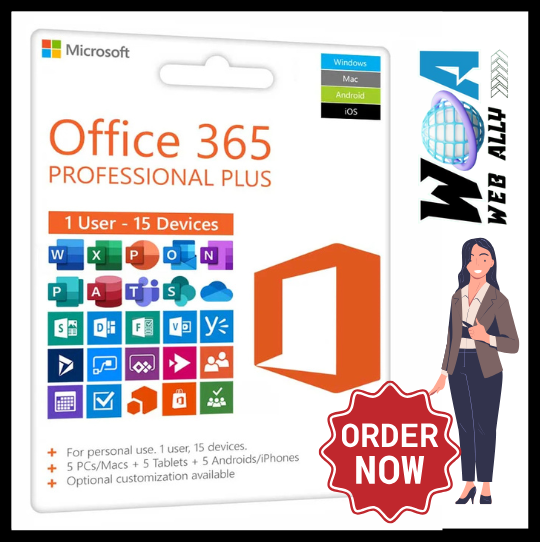In the competitive world of affiliate marketing, one of the most effective ways to stand out is to “niche down.” Instead of aiming for broad, highly competitive markets, focusing on micro-niches allows you to target a more specific, passionate audience that is often underserved. In this article, we’ll explore why narrowing your focus can help you scale up your affiliate marketing business and how to identify profitable micro-niches that can lead to success.
Why Niche Down?
1. Less Competition
Broad niches, such as “weight loss” or “make money online,” are flooded with competitors. However, within these larger markets, there are narrower segments where competition is significantly lower. By focusing on micro-niches like “weight loss for new moms” or “affiliate marketing for stay-at-home dads,” you can carve out your own space and become a trusted authority.
2. Targeted Audience
A micro-niche allows you to speak directly to a specific group of people with unique needs. When your content is highly targeted, your audience is more likely to feel understood, trust your recommendations, and take action on your affiliate links.
3. Higher Conversion Rates
People in micro-niches are often highly motivated to solve specific problems or fulfill particular needs. If your affiliate offers directly address their concerns, conversion rates tend to be higher compared to broader niches.
4. Authority Building
Becoming an expert in a narrow field is easier than trying to cover a broad topic. When you specialize, it’s simpler to create detailed, high-quality content that positions you as a go-to resource.
5. Scalability
Once you’ve established yourself in one micro-niche, it’s easier to expand into related micro-niches. This strategy allows you to gradually scale up your business without overextending yourself.
How to Identify Lucrative Micro-Niches
1. Start with a Broad Niche
Begin by selecting a general niche that interests you and has proven profitability. Examples of broad niches include:
- Health and Fitness
- Personal Finance
- Travel
- Technology
- Relationships
2. Drill Down into Sub-Niches
Break down your chosen broad niche into smaller sub-niches. For example:
- Health and Fitness:
- Yoga for seniors
- Vegan meal plans for athletes
- High-intensity interval training (HIIT) for beginners
- Personal Finance:
- Budgeting tips for college students
- Investing for single parents
- Side hustles for remote workers
- Travel:
- Budget travel for digital nomads
- Solo female travel in Southeast Asia
- Luxury travel on a budget
3. Research Trends and Keywords
Use tools like Google Trends, SEMrush, and Ahrefs to identify trends and search volumes for potential micro-niches. Look for long-tail keywords that indicate specific problems or desires within the niche.
For example, in the “personal finance” niche, instead of targeting “investing,” you might focus on the long-tail keyword “best investments for teachers in their 30s.”
4. Evaluate Profit Potential
Not all micro-niches are equally profitable. To gauge a niche’s potential, consider the following factors:
- Affiliate Products Available: Are there quality products you can promote? Check platforms like Amazon Associates, ClickBank, ShareASale, and CJ Affiliate for relevant products.
- Commission Rates: Higher commissions can make a niche more attractive.
- Market Demand: Are people actively searching for solutions and buying products in this niche?
- Recurring Income Opportunities: Niches with subscription-based products can offer long-term earning potential.
5. Identify Pain Points and Solutions
Profitable micro-niches often revolve around solving specific pain points. Conduct research by:
- Reading forums (Reddit, Quora, niche-specific communities)
- Joining Facebook groups related to your potential niche
- Checking reviews on products to see what problems people are experiencing
For example, if you notice many parents are frustrated with finding gluten-free meal plans for their kids, “gluten-free meal plans for busy parents” could be a lucrative micro-niche.
6. Test the Niche
Before fully committing to a micro-niche, test it by creating a small amount of content and promoting affiliate products. Use tools like Google Ads or Facebook Ads to drive traffic and see how well the audience responds. If you start generating clicks and conversions, it’s a good sign you’ve found a viable niche.
Examples of Successful Micro-Niches
- Pet Care:
- “Grooming tips for long-haired cats”
- “Training advice for hyperactive dogs”
- Fitness:
- “Home workouts for busy professionals”
- “Strength training for women over 50”
- Technology:
- “Budget-friendly gaming laptops”
- “Productivity apps for freelancers”
- Travel:
- “Eco-friendly travel gear”
- “Travel hacks for long-haul flights”
Content Strategies for Micro-Niche Success
Once you’ve selected a micro-niche, the key to success lies in creating valuable, focused content. Here are a few tips:
- Create “How-To” Guides: Address specific problems your audience faces with detailed solutions.
- Product Reviews: Write honest, in-depth reviews of affiliate products within your micro-niche.
- Listicles and Comparisons: “Top 10” lists and comparison posts can help readers make informed decisions.
- Video Content: Micro-niche audiences often respond well to visual content. Consider creating YouTube videos or TikToks tailored to your niche.
- Email Marketing: Build a mailing list to nurture your audience and promote affiliate offers directly.
Final Thoughts
Niching down to scale up” is a powerful strategy for affiliate marketers looking to thrive in a crowded online marketplace. By focusing on a micro-niche, you reduce competition, increase audience engagement, and improve conversion rates. The key is to select a niche that combines your interests, market demand, and profit potential. Start small, test your niche, and gradually expand your efforts as you gain traction. In the world of affiliate marketing, sometimes thinking smaller is the key to growing bigger.















